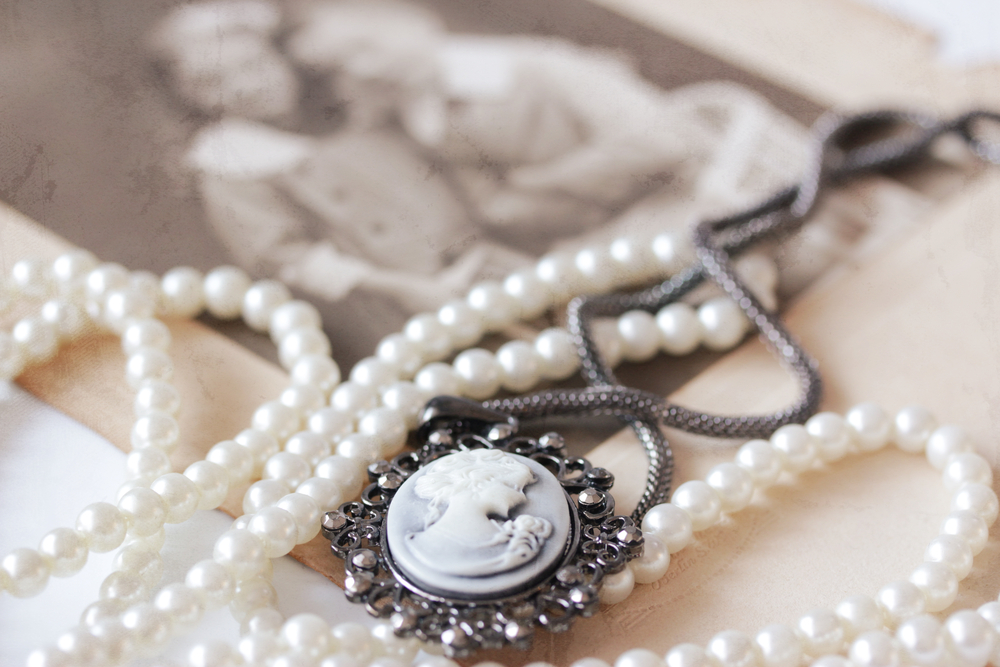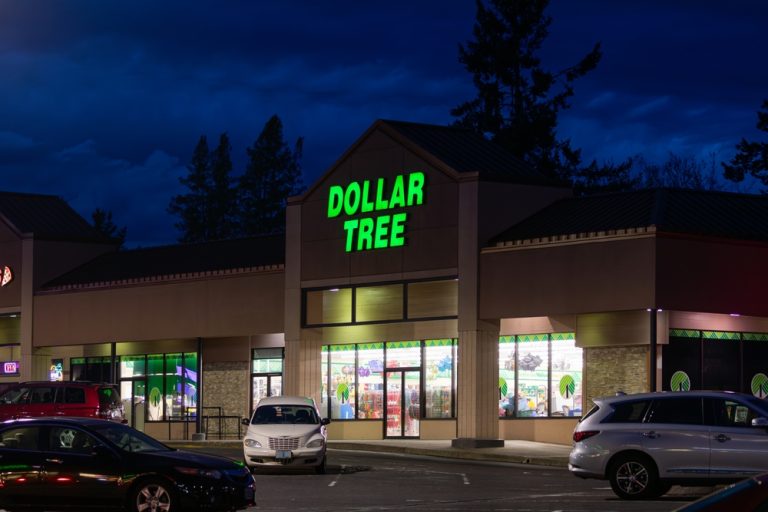Why People Love Shopping And Discounts?
There are many reasons why people love shopping, and it delves deep into our psychology. Whether it’s the thrill of finding a great deal on new clothes, the sensory pleasure of enjoying the act of walking in a beautiful store, or the simple satisfaction of acquiring something we desire, shopping and, more importantly, discounts, make people very happy. For many, shopping is seen as a modern-day treasure hunt; it generates a powerful sense of excitement and anticipation for searching out the best deals and unearthing hidden gems. This process engages our problem-solving skills and rewards us with a tangible prize, triggering a release of dopamine, the brain’s feel-good chemical.
This feeling is amplified when a discount is involved. When you finally find a pair of shoes that fit you really well, and then you discover that it’s on sale, it feels like a big win. It’s not just a purchase; it’s a victory. You feel smart, savvy, and successful for having outsmarted the system to get what you wanted for less. This trill of the bargain is just one of the fundamental reasons people love shopping so much, turning a mundane errand into an exhilarating experience.

Advertising Strategies
Advertisers and retailers are masters of consumer psychology. They know precisely how to take advantage of the emotions people feel while shopping, and they regularly add enticing items on sale categories to lure customers in. Another common strategy they use is placing products that didn’t sell as well as expected on front rows or end caps, giving them prime visibility under the guise of a special feature or promotion. Unfortunately, because these tactics are so effective, we can get easily fooled. We all instinctively run to the place if we see a message that triggers our fear of missing out (FOMO), such as: “Flash Sales”, “Limited Time Offer”, “Don’t Lose This Chance”, “Expires Soon”, “Only 3 Left in Stock!”, or the ever-present “Sales! Sales! Sales!”. These phrases create a sense of urgency that can override our logical decision-making.
On Amazon, you can find a great book called “The Psychology Of Selling: The Art Of Closing Sales”. You should definitely read it if you want to get more familiar with the most common strategies advertisers use nowadays, from psychological pricing like $19.99 to the strategic use of colors and store layouts. This knowledge empowers you as a consumer. As long as you stay informed about these techniques, it will be really hard for them to get you fooled into making an impulse purchase you might later regret. So, be wiser than them and shop with awareness!
The Reasons Why We Love Shopping:
Social Activity
Beyond the acquisition of goods, shopping is also seen as a vital social activity. Many of us like to go shopping with our friends and family, turning it into a planned outing. It’s a way to spend quality time together, catch up on each other’s lives, offer opinions, and have a lot of fun. The shared experience of finding a great outfit or the perfect gift strengthens social bonds. Even when they shop alone, as soon as they get home, people often feel a strong urge to show their loved ones what treasures they found. The new generations have taken this to a global scale, creating shopping hauls on platforms like YouTube, TikTok, or Instagram, where they share their finds with a massive online community. So, whether it’s an afternoon at the mall with a best friend or a virtual haul with thousands of viewers, shopping is a great social activity that helps us establish strong bonds and have a great time.
The Joy of Discovery
Shopping isn’t just about utility; it’s about exploration. It not only allows us to repurchase the items and brands we already know and fell in love with but also allows us to discover new things. Every trip to a store or browse through a website holds the potential for a new find, even if it’s a new brand we’ve never heard of, a completely new product category, or a trendy style we’re curious to try. Finding something we aren’t familiar with, something that feels unique and personal, makes us feel really good. This sense of discovery is a big part of why shopping is so enjoyable. It can be a form of self-expression, allowing us to evolve our style and present a new version of ourselves to the world.
4 Signs of Fake Discounts
Who doesn’t love SALES? The very word can make a shopper’s heart beat faster. Every woman and man in this world who loves a good bargain has learned to search for when is the best period to go shopping. No professional shopper or savvy consumer goes shopping when the prices are at their highest. So, this article aims to arm you with the knowledge to show you when to trust the retailers and when to be skeptical. As you probably already guessed, there are also a lot of fake or misleading discounts used by retailers in the market. They are using all kinds of clever tricks to fool their clients and make them pay more than they should. Check out which these 4 signs are… and the next time you see one, don’t fall for it!
1. Open the wallet strategy
The next time you enter a big department store or a supermarket, make sure you observe the elaborate displays placed strategically near the doors! The products that can be found at a supposedly discounted price are often placed there, arranged in an aesthetically pleasing way. These displays are an excellent illustration of the “Open the Wallet” pricing strategy, a well-known retail tactic. It is used to encourage customers to make a small, easy initial purchase. Once you’ve made that first buy, you’ve psychologically committed to spending, making you much more likely to continue shopping and make a large purchase of full-priced items they didn’t want to buy in the first place.
Retailers well-known for using this tactic are Macy’s, Walmart, Target, and Old Navy, often with bins of low-cost, colorful items right at the entrance. It’s a low-friction way to get you started. Now that you know what they trying to accomplish you can consciously decide to walk past these displays and avoid them, the next time you go shopping.
2. Gift coupons
Gift coupons and “exclusive” discount codes can feel like such a treat, but they are often a big lie, or at least a half-truth, regularly sold by big retailers. Have you ever gotten incredibly excited by receiving a 20% off coupon in your email? Well, while it’s nice, I am sorry to let you know that you may have been gently fooled. Retailers know the value of their products down to the last cent, and they will never let you buy something if it’s not profitable for them. These coupons are calculated business tools. They often come with strings attached, like a high minimum spending threshold or a long list of brand exclusions, pushing you to spend more to “unlock” the savings.
Ann Taylor, Eagles, and Lands End are a few of the most popular retailers known for often using this trick. The coupon’s real purpose is to get you into the store or onto the website. Next time you receive a gift coupon, be happy about the potential saving, but don’t think that it’s a big deal! Read the fine print and do the math before you shop.
3. Words and phrases strategically chosen
Retailers don’t just sell products; they sell emotions. To do this effectively, they sometimes hire psychologists and marketing experts to carefully choose the words and phrases they use to drive a high number of purchases. All of the words and phrases chosen have the primary purpose of tricking customers’ brains into a state of urgency or excitement. In a lot of cases, “The Limited Price Offer” is just the same price it was a few months ago, but the added time pressure makes it seem more valuable. Other examples include “Clearance,” “Door-crasher,” and “Buy One, Get One Free,” which can encourage overspending. So, be careful if you want to make smart, logical choices.
To avoid this trick, your best defense is to let the numbers tell their story, and avoid listening only to what retailers say by using persuasive words. By number, I mean, check the actual item price against its price history if possible using online tools, and compare it to other retailers. Just after you have done that objective research, then look at what advertisers have to say. This puts you back in control.
4. Inflated ‘Original’ Prices
One of the most common and deceptive tricks is the use of a fake original price. You’ve seen it everywhere: “Was $100, Now Only $40!” This 60% discount looks incredible. However, in many cases, the item was never sold at the “original” $100 price, or it was listed at that price for only a very short time. The inflated reference price is created solely to make the current sale price seem like a massive bargain. This tactic is designed to anchor your perception of the item’s value much higher than it actually is, making the sale price feel like an unmissable opportunity.
Be especially wary of items that are perpetually “on sale” or stores that seem to have store-wide 50% off sales every other week. A true discount is a temporary reduction from a genuine, established price. To protect yourself, try to get a sense of an item’s real market value by checking other stores or online price comparison websites. Don’t let a huge percentage number be the only factor in your decision.

The principles of smart consumerism extend beyond shopping for clothes, electronics, and everyday items. There are times when we feel the need to connect with a bunch of friends and eat out in a good restaurant. Unfortunately, eating out frequently can be a bigger money waste than we can imagine, especially if we aren’t mindful of the costs. But of course, it is also a much-needed social activity we need to do from time to time if we want to stay socially active and maintain our relationships.
Also, some romantic dates just with your partner, away from daily distractions, can help improve your relationship and overall mood. Basically, what I am trying to say is that we can’t simply avoid for the rest of our lives to go out and have a good time while eating at a luxurious restaurant or enjoying other paid experiences. The goal isn’t to eliminate spending, but to spend wisely. We did some research and found some useful tips that will help us spend less without sacrificing the joy of the experience.
As you already know, balance is the key to a successful and happy life. So, be careful and intentional about how you plan your activities and your budget. Don’t be too extreme when it comes to avoiding something that can get really expensive, but also don’t fall for every clever marketing trick. Being an informed consumer is your greatest strength. Before leaving, make sure you check out another related article that applies these same principles to dining: 12 Genius Money-Saving Tips To Spend Less When Eating Out.














One Response
THANK YOU WITH ECONOMY BEING VERY IMPORTANT TO ME AND COSTS ARE HIGH
DON’T SHOP UNTIL THE ELECTION OF A NEW PRESIDENT IS IN PLACE.